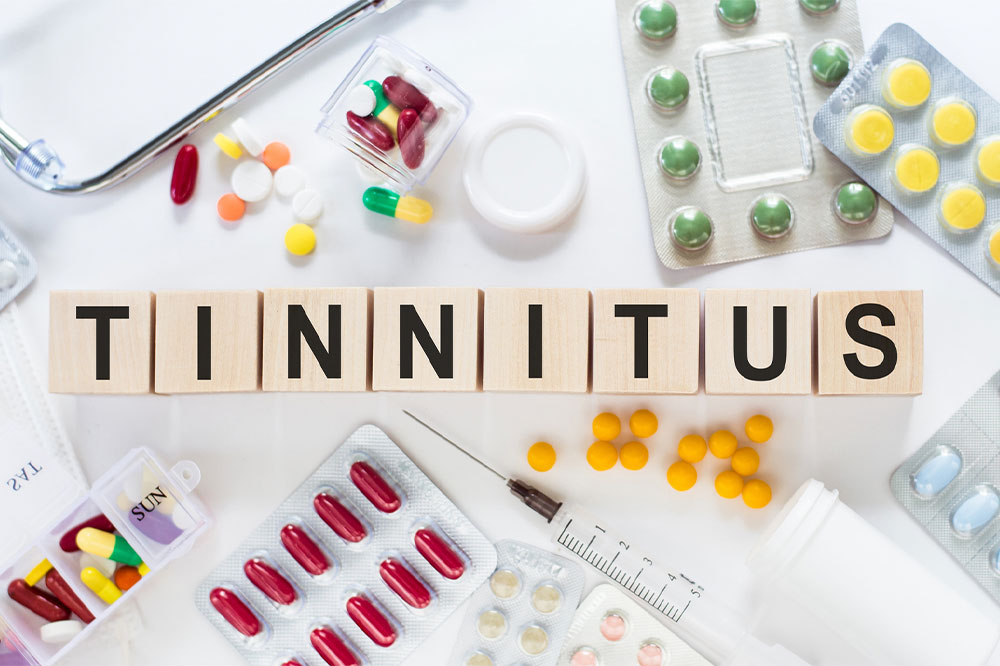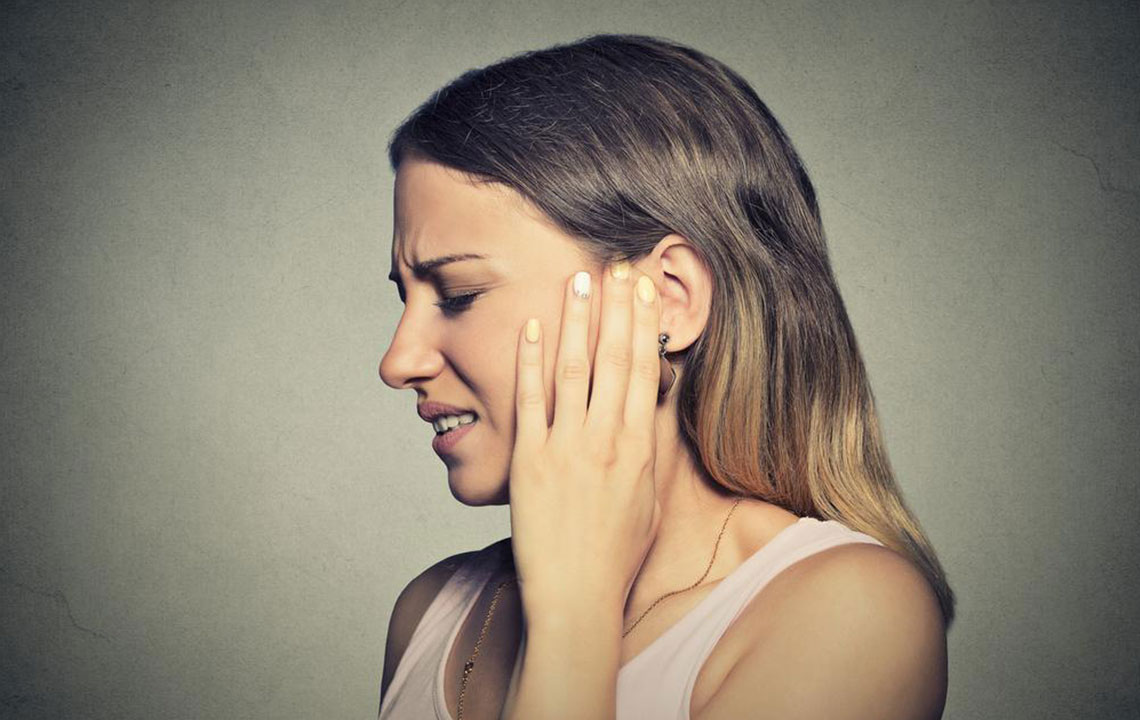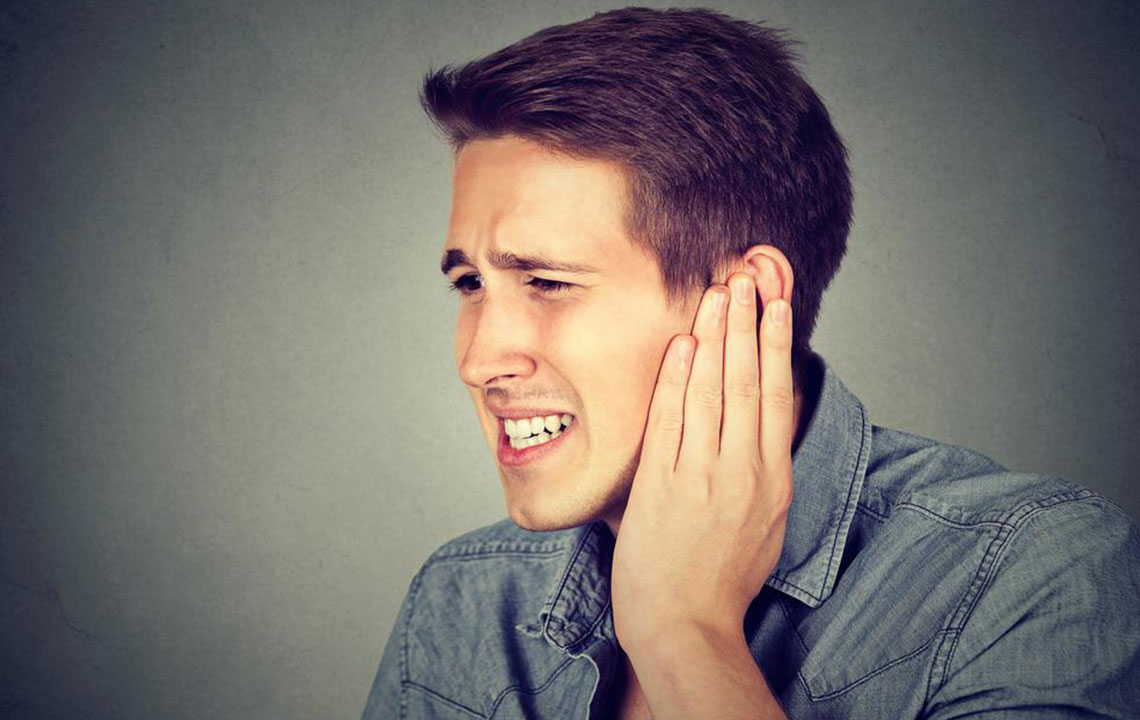Complete Guide to Tinnitus: Causes, Diagnosis, and Management Strategies
This comprehensive article explores tinnitus, including its causes, diagnostic methods, and treatment options. It highlights risk factors like ear blockages and medical conditions, and discusses therapies such as sound therapy and cognitive behavioral therapy. Understanding these aspects can help sufferers manage symptoms effectively and seek appropriate care. The article aims to inform readers about tinnitus and the latest approaches to treatment and relief.

A Complete Guide to Tinnitus: Causes, Diagnosis, and Management Strategies
Millions worldwide suffer from tinnitus, which manifests as a constant ringing or buzzing in the ears. Nearly 50 million people are affected, with severe cases disrupting daily routines. It can also indicate underlying health issues. Understanding the causes, diagnostic procedures, and available treatments is vital for effective symptom management and improving quality of life.
Risk Factors
Ear Blockages – Obstructions caused by infections, excessive earwax, or fluid accumulation can change ear pressure and cause ringing sounds.
Hearing Loss – Damage to cochlear hair cells can send irregular electrical signals, resulting in tinnitus.
Ear Trauma – Injuries from loud noises or accidents can harm the ear, leading to ringing sensations.
Medications – High-dose drugs used for serious conditions might have side effects that induce tinnitus.
Medical Conditions
Eustachian Tube Dysfunction – Ear fullness caused by malfunction of the tube connecting the middle ear and throat.
Muscle Spasms – Neurological issues triggering involuntary muscle contractions can cause ringing.
Meniere’s Disease – Inner ear fluid imbalance leading to episodic ringing and dizziness.
Vascular Issues – Blood flow problems, such as atherosclerosis, can make tinnitus more noticeable.
Other contributing factors include diabetes, thyroid issues, migraines, anemia, and autoimmune disorders.
Diagnostic Methods
Loudness Matching – Evaluates the perceived loudness of tinnitus for accurate diagnosis.
Pitch Matching – Determines the frequency of the ringing sound to aid in diagnosis.
Visual Analog Scale – Patients rate how loud their tinnitus feels on a scale from 0 to 10.
Treatment Approaches
Sound Therapy – Devices emitting relaxing sounds like rain or ocean help mask tinnitus. Natural or music-based sounds can offer relief.
Stress Reduction – Relaxation exercises, such as progressive muscle relaxation, can lessen stress-induced tinnitus symptoms.
Earwax Removal – Professional cleaning can relieve tinnitus caused by blockages.
Vascular Treatments – Correcting vascular issues in the ear may eliminate ringing sounds.
Cognitive Behavioral Therapy – For persistent tinnitus without a cure, therapy helps develop coping techniques and enhances life quality.
Research continues into brain stimulation methods to improve treatment. Always consult a healthcare professional regarding medication side effects or underlying health conditions contributing to tinnitus.


